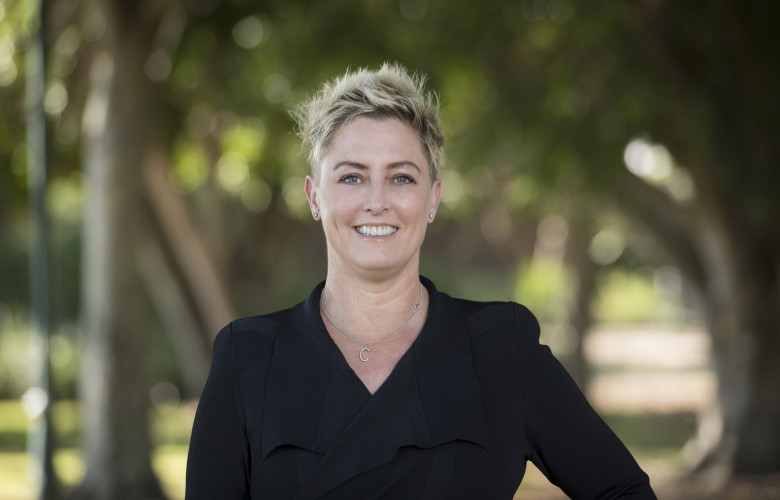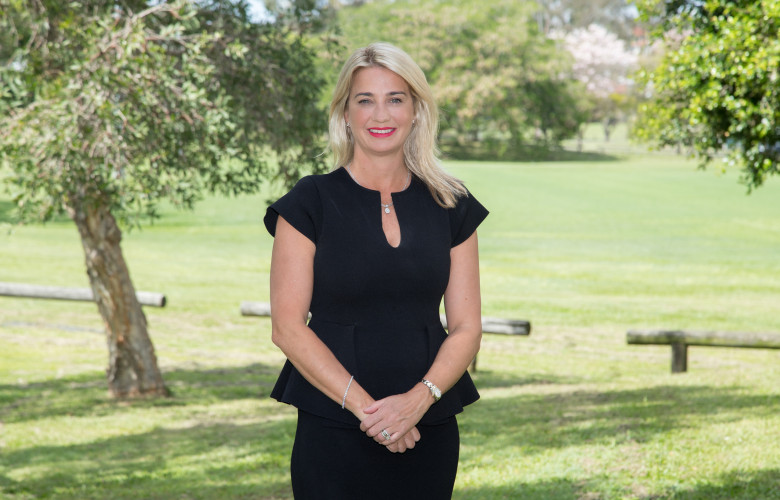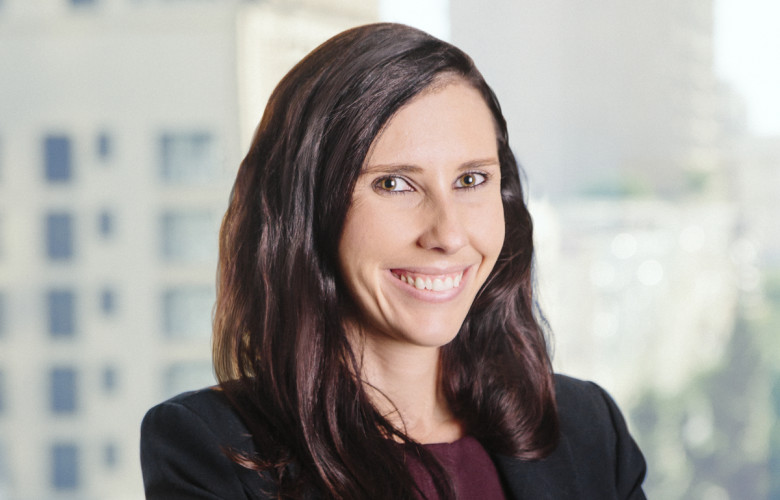What to know about new combustible cladding requirements in QLD
Contact
What to know about new combustible cladding requirements in QLD
Industry experts discuss what to know and who is impacted by the new combustible cladding requirements in Queensland, which came into effect this week.
Earlier this year the Queensland parliament passed the Building and other Legislation (Cladding) Amendment Regulation 2018 (Qld), amending the Building Regulation 2006 (Qld), which came into force on 1 October 2018.
The amendment to the Regulation is the Queensland government’s response to combustible cladding concerns in the wake of the Grenfell Tower fire tragedy and imposes an assessment process on owners of privately owned buildings, managed through an online registry system, according to ClarkeKann Lawyers.
The Queensland Building and Construction Commission (QBCC) is the regulator responsible for the checklist and register.
The assessment process aims to identify privately owned buildings in Queensland which have combustible cladding. ClarkeKann Lawyers said you will be required to report to the QBCC if:
- You are the owner of a class 2 to 9 building which is of type A or B construction (this does not include detached residential dwellings or single storey buildings of any description).
- The building was built or has had cladding altered after 1 January 1994 and prior to 1 October 2018.
If your building falls into this category, you will be required to provide the QBCC with a combustible cladding checklist and a report by a building industry professional which sets out whether the building may be affected by combustible cladding. This must be done by 29 March 2019.
Click here for more information on classes of buildings
Paul O'Dea and Nerida Whelan of ClarkeKann Lawyers said "if the building industry professional does not identify any potential combustible cladding within the building, that will be the end of it".
If your building is potentially affected by combustible cladding, you will have to engage a fire engineer to prepare a fire safety risk assessment.
You must engage the fire engineer and advise the QBCC of the engineer’s name and registration details by 27 August 2019.
You then have until 3 May 2021 to have the assessment undertaken and to provide a copy of the assessment to the QBCC.
“If combustible cladding is identified in your building, you will be required to display a copy of the fire engineer’s assessment and, in the case of strata title buildings, provide a copy of the assessment to all lot owners and each tenant (if any) of the given building,” said Mr O’Dea and Ms Whelan.
Related reading: Australian suppliers sold cladding they knew was flammable: Four Corners
Katrin Watson, chief executive officer of the Strata Community Association (QLD) has been in consultations with the QBCC and The Department of Housing and Public Works.
Ms Watson said the main message for building owners is not to miss the deadlines.
“March 29 will come around fairly quickly and if you want an extension you will need to apply 28 days before.
“If you miss that deadline you automatically move to stage two, and if you miss the second deadline you automatically move to stage three.
“This will cost you more as you have to engage a building industry professional and a fire engineer.”
Ms Watson told WILLIAMS MEDIA a fire engineer can cost anywhere between $10,000 - $30,000.
She said having a professional body corporate manager in place is helpful as they are part of the industry body, giving them access to information in detail on how to be compliant.
“Building owners will have to fill out a statutory declaration. They come with risk, as if you make the wrong declaration under oath you can go to prison or up to three years or get a fine.
“My advice to building owners is not to sign the statutory declaration if you are unsure.
“At stage one declare you are unsure and move to stage two, and engage professional as their insurance will cover it.
“If you are unsure about what is in the building, look at it and be 100 per cent certain.”
Related reading: How close did we come to having our own Grenfell disaster?
Ms Watson said this legislation allows owners to first investigate the building as there may just be renovations needed rather than a full cladding removal.
“Is it positive in that regard as you don't need to immediately pay the bill for removal, you are given the opportunity to investigate first which can save a lot.”
Jody Marsden, managing director of the The Property Management Academy Australia said safety is paramount when legislation is brought in, and recommends building owners talk to professionals that can give them further advice.
“To meet the requirements you need experts like professional engineers and fire experts to make sure the building doesn’t have any risks,” Ms Marsden told WILLIAMS MEDIA.
Cathie Crampton, director of property management at Place said in the first instance you should contact your body corporate manager and check contract of purchase because this will determine the age of the building.
Equally you can reach out to a property manager who can contact experts on your behalf.
“It’s important to know the age of the building because most of the cladding comes back to when it was built,” Ms Crampton told WILLIAMS MEDIA.
“A number of rental properties were erected in a period where there was very little diligence, and equally there has been a massive resurgence where products came from overseas where it was all price point driven."
Ms Crampton said transparency around the issue and obligation to remedy should put residents in apartment buildings at ease.
“Like smoke alarms, it has become an obligation of the owner. In this instance owners need to use professionals who are informed about the process.”
Click here for more information from the Queensland Government
Related reading:
DesignBUILD panel addressed life-and-death matter of product compliance
Flammable cladding in high rise? It’s time to revisit issues for buyers and existing owners
Victoria establishes taskforce to fast-track flammable cladding probe









